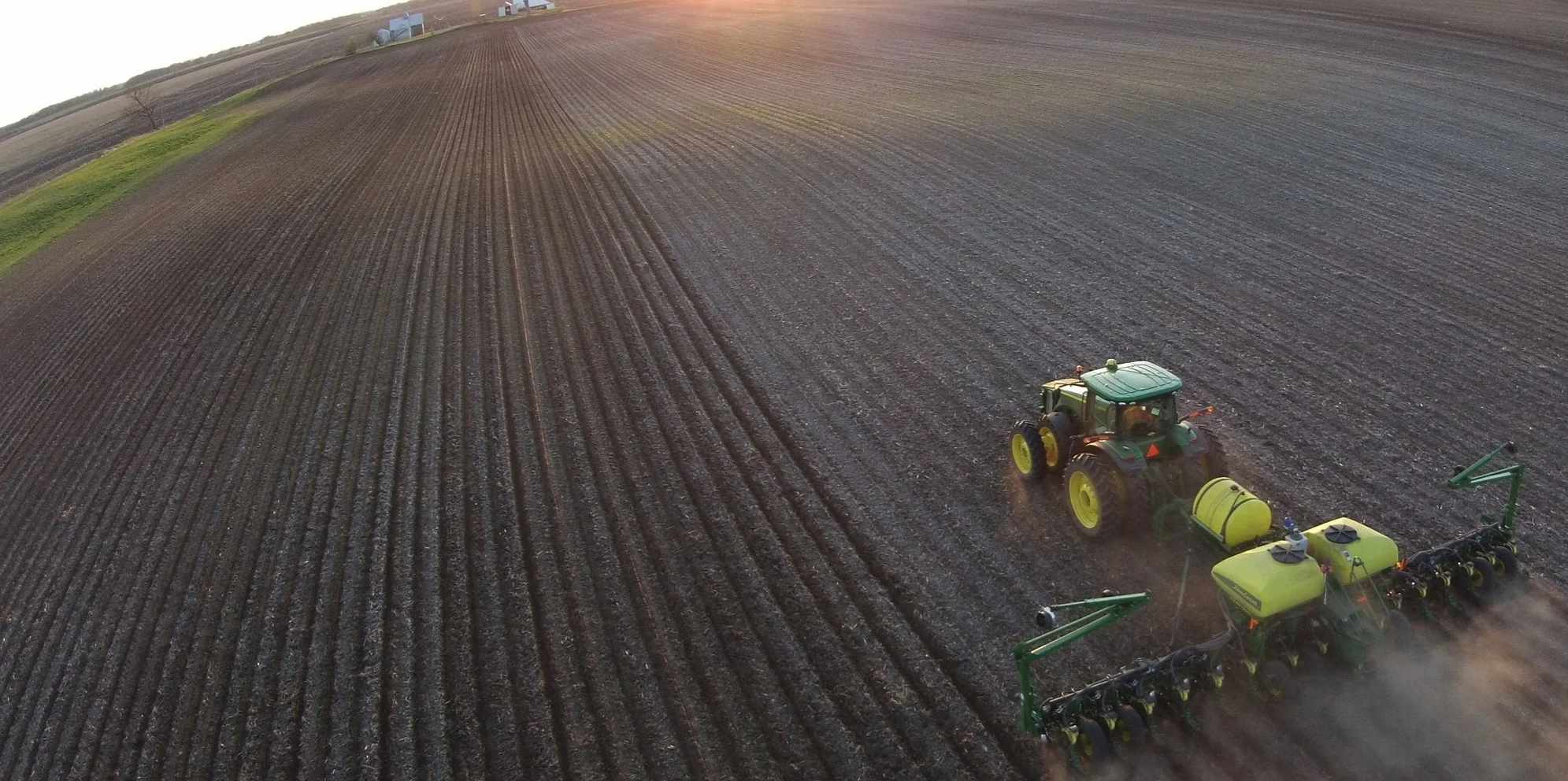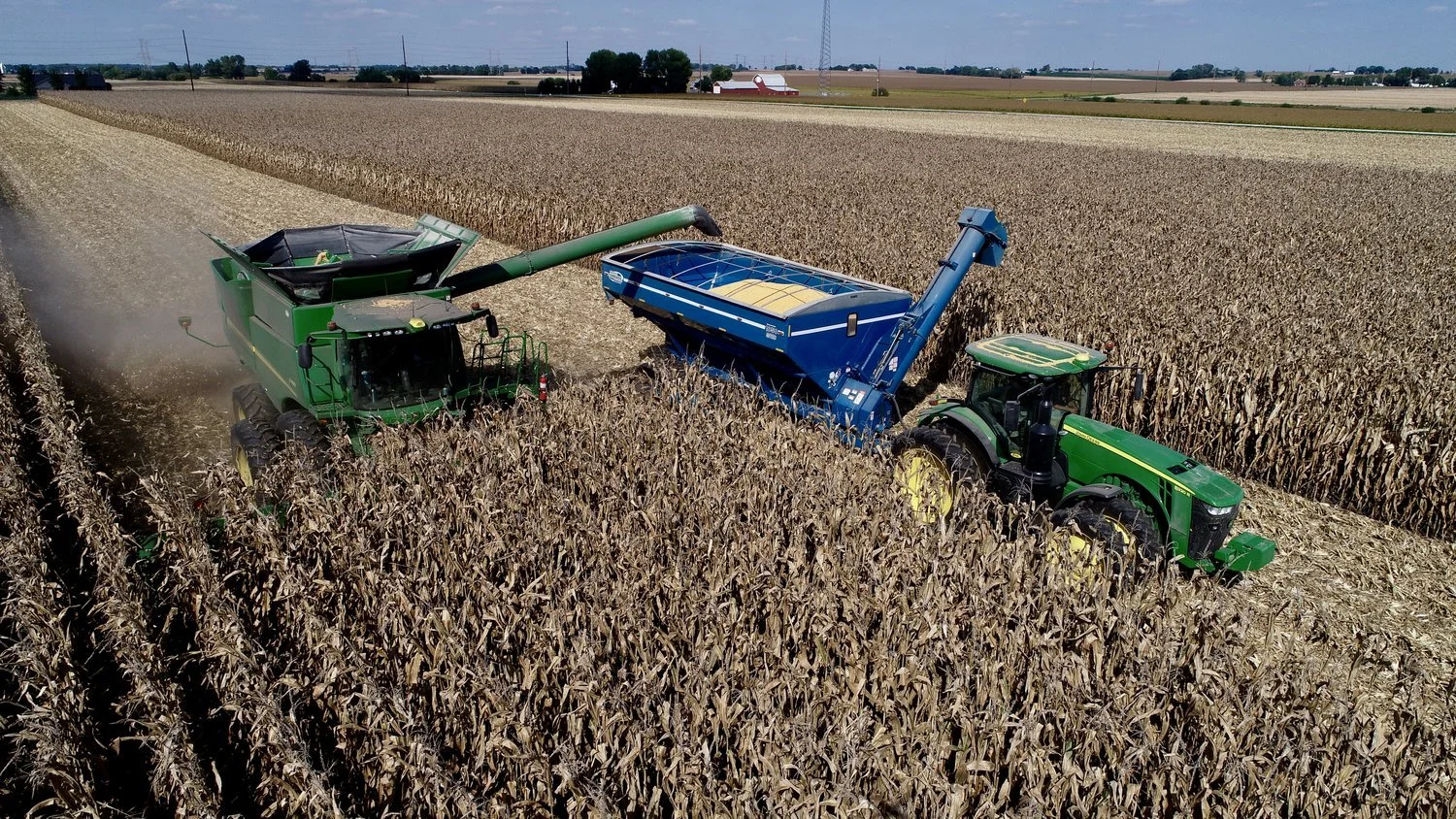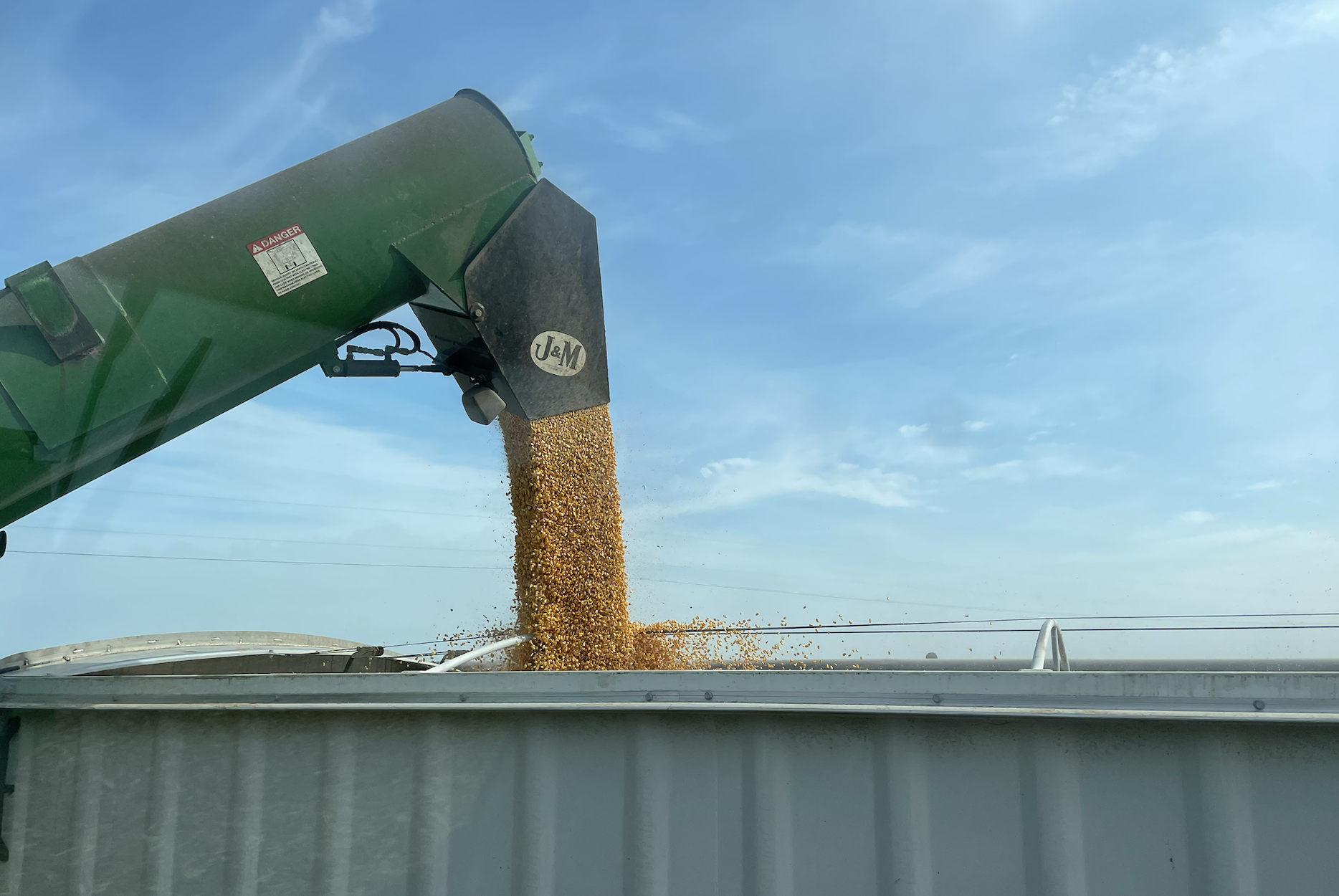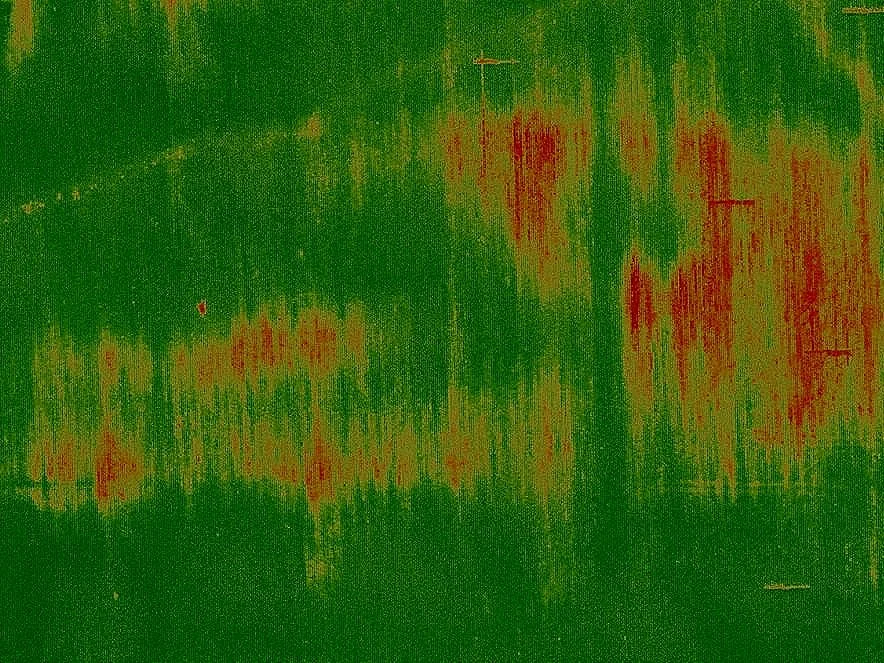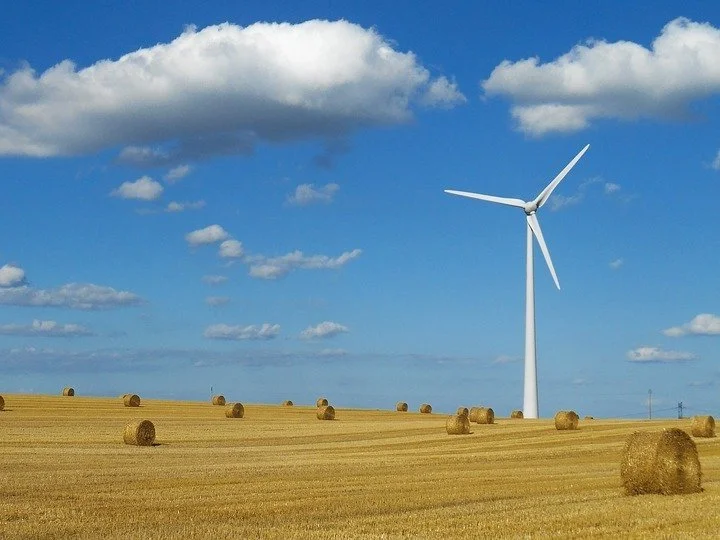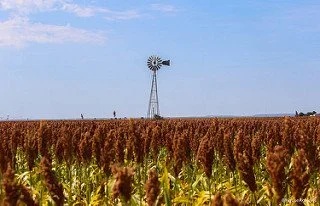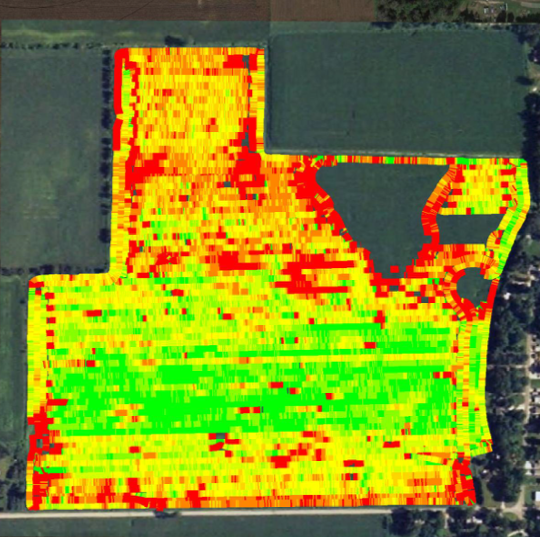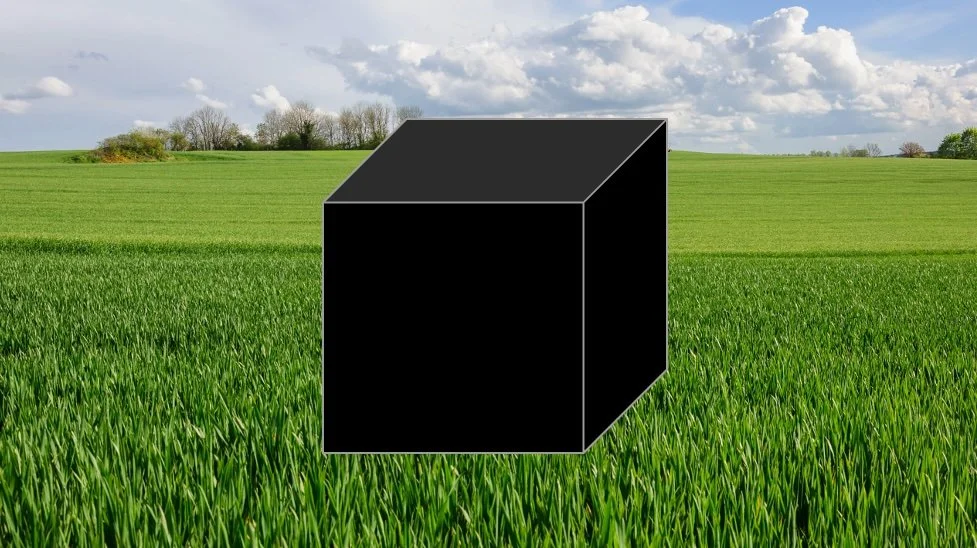Rural Broadband: Possibility or Pipe Dream?
/Last week I testified before a US House Ag subcommittee about farmers' ag data privacy, transparency, and ownership concerns. Although not on the agenda, Congressional representatives repeatedly asked questions about how to bring rural broadband to US farmers. Considering the number of times this subject came up during the hearing, I thought it was worth a deeper look.
The FCC estimates that 39% of rural Americans lack access to high speed internet (34 million people). We've heard politicians claim for years that we need access to rural broadband, but President Trump recently reinvigorated this debate by coupling rural broadband with his desire for an infrastructure package. But questions remain whether this is really feasible and whether Congress will have the courage to pay for it.
How much will rural broadband cost?
Getting broadband to rural America is no inexpensive feat. Earlier this week, Microsoft estimated the cost to deliver high speed internet to rural America between 8 billion and 12 billion dollars. However, this estimate may be low, considering Wisconsin estimated 1 billion dollars to deliver rural broadband in Wisconsin alone. Some estimates have pegged the price tag at $80 billion.
How can rural America be connected to broadband?
There are a variety of ways to connect rural America to high-speed internet. With several major tech giants vying for a piece of the pie, each has its own ideas about the best and least expensive way to deliver broadband to rural America. The best solution likely involves a combination of technologies, as different technologies appeal to different areas based on how many people occupy a certain space.
The use of fiber optic cables is a potential source for securing broadband in rural America. However, fiber cables can be costly, making them unattractive for those in isolated rural areas.
Microsoft’s recent proposal — which you can read more about here — touted the use of “white space technology” as the best way to secure broadband to rural America. The technology taps into unused TV spectrums to transmit wireless signal at very high speeds. The tech giant believes this is the cheapest and best way to deliver broadband to areas with 2 to 200 people per square mile, making white space technology prime for rural communities.
There is also satellite internet, which is currently available but can be costly and is potentially subject to weather interference.
Finally, there is the hope that cell phone technology can deliver rural broadband, but considering the number of rural areas that still lack reliable 3G service, we are a long ways from coast-to-coast 4G or LTE coverage addressing the rural broadband need.
How have similar projects been undertaken in the past?
REA workers from the 1930s
Rural broadband is doable. Rural America faced a similar issue in the early 1900s when many farms and rural communities were without the electricity found in cities. Existing electric companies thought rural America too sparse and too poor to afford electricity, which deterred companies from investing their time or resources in rural areas.
President Roosevelt solved this issue by creating an administrative agency—the Rural Electric Administration (REA)—that brought electricity to rural America. The government’s action ultimately created competition in the marketplace, causing private utility companies to realize that either they could provide power or the government could. A recent article by the New York Times explains how the 1930's Rural Electric model could be used to bring broadband to rural America today.
Conclusion
Nearly every politician likes to say we need to save rural America, but the challenge of delivering rural broadband remains. Until we view this challenge as important as bringing electricity to the farm was in the 1930s, the idea will remain just that.
It is time to realize that broadband isn't just a luxury to help download Netflix. Broadband is a necessity if our farmers are going to be competitive on the world market. Modern farms require modern connections to the world.
****
For more information, check out Bloomberg's article: Trump Rural Broadband Goal Won't Be Easy.
Thanks to Cassee Layne for doing the research behind this article.

